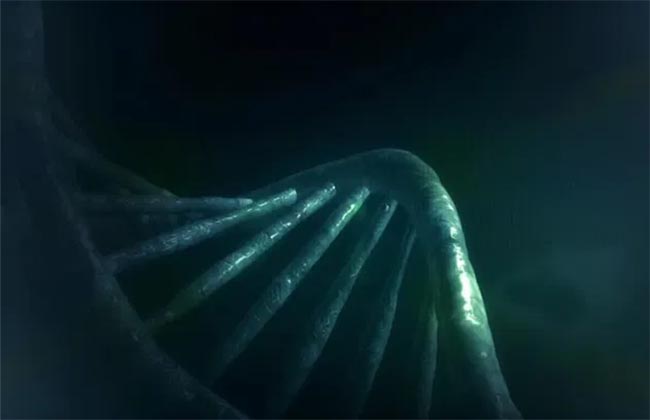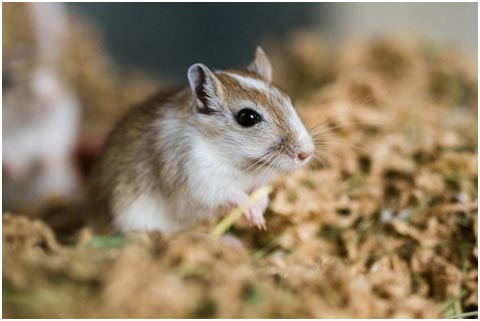
We have all heard of dark matter, which is believed to account for more than a fourth of the universe. We know it’s there; we just haven’t found it yet. Similarly, one such phenomenon has been found to exist in the genome. DNA sequencing technology is assisting scientists in answering questions about organisms that people have been posing for decades.We now know more about how the giraffe got its long neck and why snakes are so long owing to the mapping of animal genomes. We may compare and contrast the DNA of various species and figure out how they adapted in their own special ways thanks to genome sequencing.
However, in some circumstances, scientists are confronted with the mystery of missing genes. Few animal genomes seem to be missing several genes, which appear in other related organisms and must be present in order for the animals to survive. These ostensibly absent genes have been named ‘Dark DNA.’ Contrary to popular belief, its presence has the potential to alter our understanding of evolution.
Scientists are still trying to figure out how common or widespread dark DNA is and if it favors the organisms that have it. The mere existence of it, however, poses certain basic concerns regarding biology and evolution. We may need to reconsider how adaptation happens at the molecular stage.

A new research published in the journal PNAS looked at one case involving sand rats (Psammomysobesus), a species of gerbil that lives in deserts in North Africa and the Middle East. Scientists are searching for a gene called ‘Pdx1’ that is linked to insulin synthesis in order to explain why this species is prone to type-2 diabetes under a normal diet.
However, when researchers searched for the gene ‘Pdx1’ which is responsible for insulin secretion, they discovered that it was missing along with 87 other surrounding genes. Scientists were taken aback when they discovered that these animals were alive and well in the absence of these genes, including ‘Pdx1’ which were thought to be necessary for life. Therefore the question is, where have they gone?

They discovered the genes were not truly absent, but rather were buried somewhere in the genome. They identified chemical instructions in desert rat structures that could only be provided by Pdx1.
These genes’ DNA sequences are abundant in G and C molecules, two of the four base molecules that make up DNA. We know that GC-rich sequences pose issues for certain DNA-sequencing technologies. This increases the likelihood that the genes we were searching for are harder to identify instead of being absent.
Upon deeper analysis, researchers discovered an unexpected number of mutations in the enigmatic genome of the Sand rat, many greater than in any closely related animals. The GC content is much higher in the mutated area, making traditional methodologies difficult to identify. Excessive mutation can sometimes prevent a gene from functioning. However, despite dramatic changes in the DNA, the sand rat’s gene manages to fill this void.
Dark DNA is uncommon but not novel; it has previously been discovered in the DNA of bird species. Researchers discovered 274 missing genes in many bird species that are vital to almost all vertebrates in a study published in Genome Biology. Even though the genes were seemingly absent, GC rich DNA was observed once more, along with the products which were present in certain body tissues.
So far, dark DNA has been found in two very different diverse groups of animals. However, it is unclear how common it may be. Could all animal genomes contain dark DNA, and if not, what makes gerbils and birds this unique? The most intriguing mystery to solve would be determining the impact of dark DNA on animal evolution. Perhaps we should go back and look more closely.
Dark DNA: The missing matter at the heart of nature. https://tinyurl.com/ycas2y56
Hargreaves A D. Introducing ‘dark DNA’ – the phenomenon that could change how we think about evolution.https://tinyurl.com/yd8jbubj
Mohammad Sami Salman Bhuiyan is a civil servant pursuing his Bachelor’s degree at North South University in the Department of Biochemistry & Microbiology. He is a freelance writer and a research intern at NSU Genome Research Institute (NGRI).


